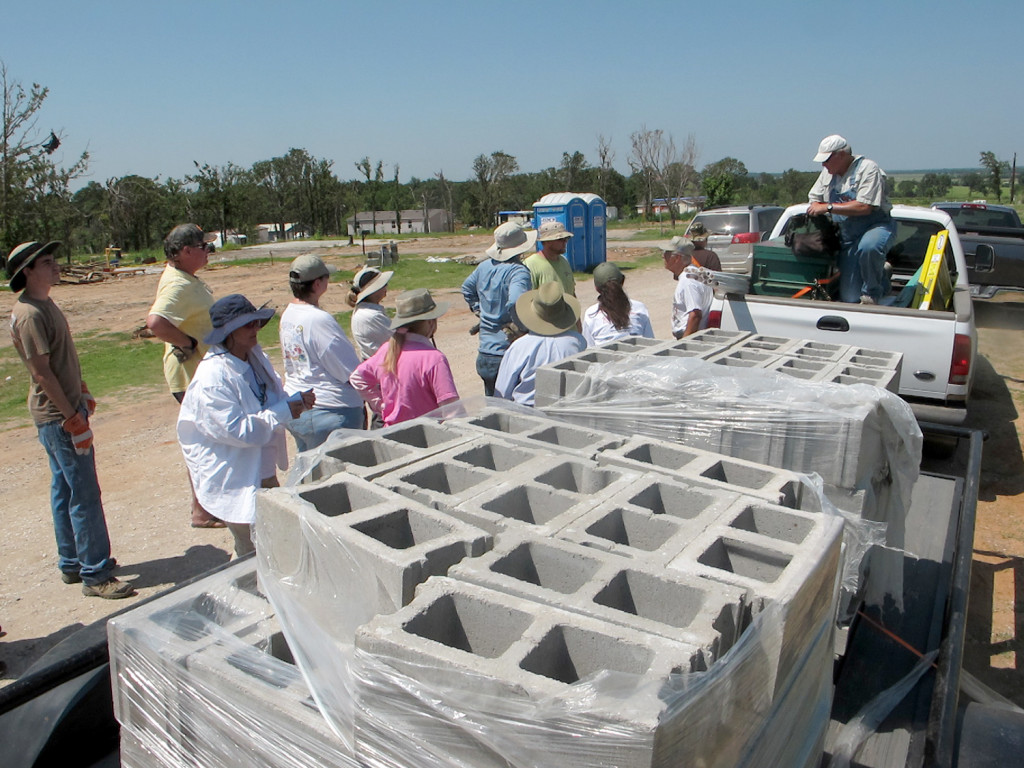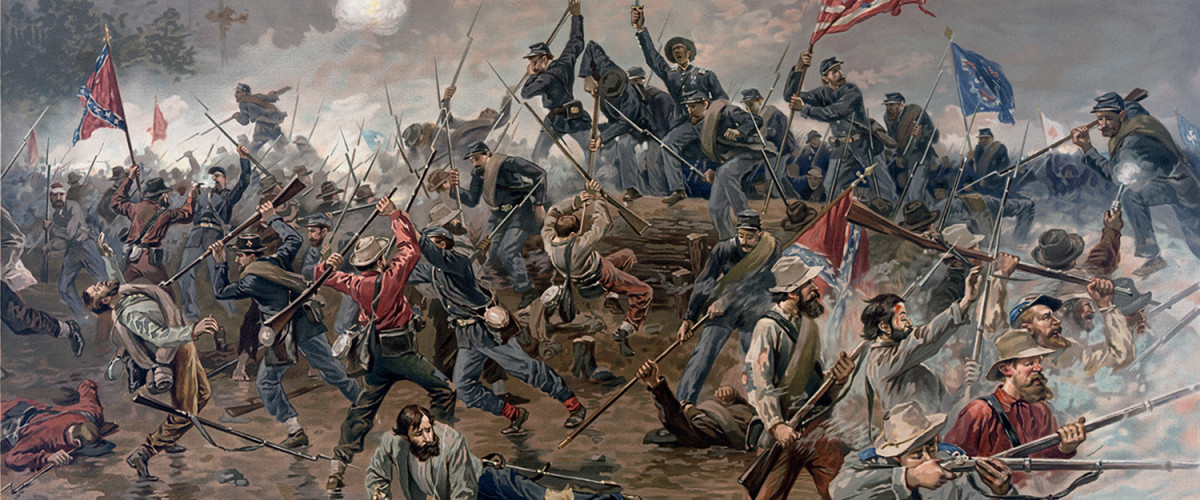Some Baptists are looking to Missouri history as a possible source of healing of the divisions between them.
The Missouri Plan, which ended a century ago, emerged after the Civil War as a bridge between Southern Baptists and Northern Baptists – now known as American Baptists.
The dual-alignment plan allowed congregations to give missions offerings to one of the two groups or have it divided among them by an association staffed by both northerners and southerners.
Now there are Baptists, inspired by that age of cooperating, hoping its spirit can be resurrected.
“How can we be just Baptists again, without an adjective, like we were in those years after the Civil War?” said Jerry Cain, chancellor of Judson University, an American Baptist school in Illinois.
Cain is a proponent of using the Missouri Plan as a model for future Baptist work.
“I would like to see a new spirit in Baptist life that would be inclusive and cooperative and encouraged Baptistsness rather than the adjective in front of the word Baptist,” he said. “Missouri set that pattern after the Civil War and evidently did it quite successfully.”
Cain said he learned to “walk both sides of the street” when he worked at William Jewell College in Missouri before heading to Judson. William Jewell has maintained a bit of the Missouri Plan spirit as it often alternates presidents with backgrounds from Southern and American Baptist life. Cain said that example could revive Baptist work and witness.
“Right now we’re probably a little bit ashamed to be Baptists because of our divisiveness and our exclusion of folks,” he said. “I would like for us to once again be proud of being Baptist and know what it means to be a Baptist and be proud of our history and what we brought to this culture.”
Historic figures like Roger Williams and Martin Luther King Jr., can be claimed by all Baptists, he said.
“We need to remember our history and what we brought to this country — and that we can do it again in the future.”
“We need to remember our history and what we brought to this country — and that we can do it again in the future.”
Cain suggested one practical step might be cooperation on a shared conference. In particular, he sees the annual fall adult retreat at Windermere Baptist Conference Center as a step in that direction. Last year’s cosponsors included an area of the American Baptist Churches of the Great Rivers Region, Cooperative Baptist Fellowship Heartland, Churchnet, The Baptist Home and Missouri Baptist Foundation.
“Let’s just pick one conference that we can all agree on and work together to put a public face on Baptistness,” he said.
North American Baptists
Since the beginning of the Missouri Plan, efforts have emerged to bring Baptists together across denominational lines. Shortly before the arrangement ended, the Baptist World Alliance (BWA) was founded to unite Baptists around the world. Nearly a half century after the end of the plan, a regional BWA group — the North American Baptist Fellowship (NABF) — was created to build stronger ties between the United States and Canada. The BWA and NABF today include American Baptist Churches, USA, Churchnet, Cooperative Baptist Fellowship and many Southern Baptists.
George Bullard, general secretary of the NABF, said the group exists “to support the Baptist World Alliance and its strategic initiatives” and “to create collaboration opportunities among member bodies.”
The fellowship can show Baptists how to better collaborate with one another.
“NABF is already collaborating around disaster response,” he said. “I would hope there would be additional areas of collaboration due to the synergy this can create and the increased capacities that would be realized.”

Evidence that Baptists can work together despite their differences have been seen in disaster relief work, proponents say. Here, Baptists from around the country gather in 2013 to help Oklahoma residents affected by tornadoes. (BNG photo/Jeff Brumley)
The fellowship, which celebrated its 50th anniversary in 2014, has usually maintained a low profile, but Bullard hopes the it will embrace a larger role. He acknowledged many Baptist bodies are struggling with finances and other issues, but said he hopes there can be greater appreciation of “the beauty of collaboration” among Baptists.
“Too often the word ‘collaboration’ is used when what is really going on is ‘cooperation’ or ‘coordination’ of certain limited efforts,” he said. “Collaboration involves not doing ministry one denomination’s way or another denomination’s way, but discovering new higher ground for a synergy of efforts that have a greater impact together than can occur separately.”
There are many potential areas of collaboration among Baptists despite theological differences, Bullard said.
“In addition to disaster response and human trafficking, there would also be economic oppression, religious liberty, church planting, renewal of existing congregations and discovery of authentic tactics for evangelism in a post-church and post-Christian world,” he said.
Jim Hill, executive director of Churchnet, said it’s been a learning experience to fellowship with other Baptists during his service as NABF president.
“I have often felt that, in many ways, our autonomy and the resulting divisions have robbed us the strength and gifts that come from our diversity,” Hill said.
“I have joked with my National Baptist friends that I am confident I would have been a better preacher if I had had the privilege of worshipping with one of their choirs throughout my ministry,” he said. “Each of our traditions brings a richness and uniqueness to our understanding of the gospel and our ministries.”




